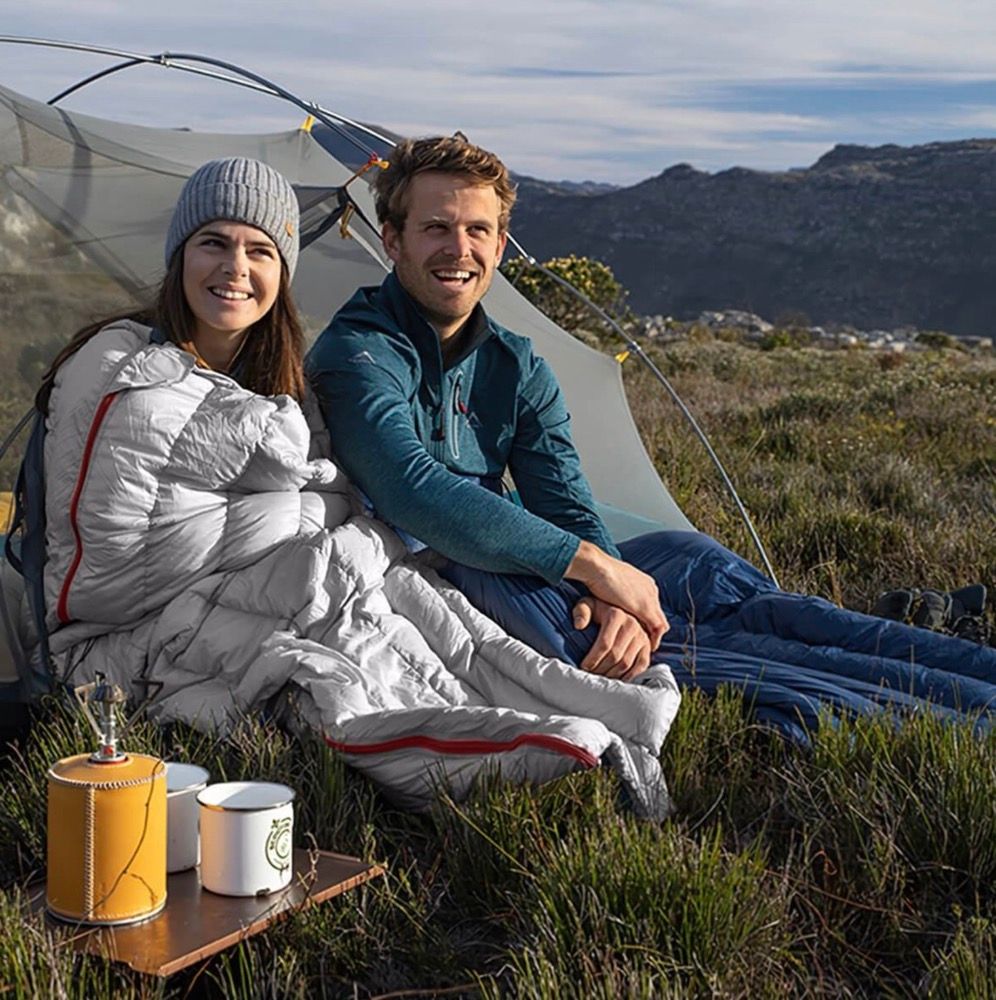What Is Hygge? - Hyggein Outdoor Philosophy
Hygge (pronounced “hoo-gah”) is more than a lifestyle — it’s a mindset.

It’s about warmth, simplicity, connection, and presence. Born in the long, cold winters of Denmark, hygge is a quiet rebellion against harshness and hurry. It celebrates the joy of slowing down, of savoring life’s small comforts.
At Hyggein, we believe hygge doesn't belong only indoors — it belongs wherever you are. That includes forest trails, sandy beaches, quiet campsites, and open skies. We bring portable warmth and minimalist comfort to the great outdoors, so you can create hygge wherever your heart wanders.
What Is Hygge, Really?
Hygge isn’t a product. It’s a feeling.It’s the glow of a fire on your face, the scent of pine after rain, the feeling of being wrapped in a blanket while listening to crackling embers and distant owls. Hygge is the intimate calm between action and rest — a space that reminds you: you’re safe, you’re held, you’re here.

It’s lighting a lantern in the woods.It’s sharing a meal by the lake.It’s reading under a canvas tarp while rain taps gently on the roof.It’s solitude — and togetherness — in equal parts.
Why We Built Hyggein
The outdoor gear market has long focused on performance, ruggedness, and survival. But we asked a different question:What if you could feel at home in the wild?
Hyggein was born from this belief:
Nature isn’t an escape. It’s a return — to slowness, softness, and clarity.
We design products not just to survive nature, but to celebrate it. Whether it’s our foldable fire pits, compact tables, or lightweight hammocks, each piece is inspired by Nordic calm and Japanese simplicity — made for modern nomads who seek beauty in function and peace in minimalism.
We don’t chase trends. We craft timeless rituals.

The Hyggein Philosophy
Every detail of Hyggein reflects the values of hygge:
You don’t need a cabin to feel cozy.You don’t need a fireplace to feel warmth.You just need intention — and the right tools.
How to Practice Hygge Outdoors with Hyggein
Here’s how our community creates hygge under the sky:
Fireside Moments
Gather around one of our Portable Fire Pits, where stories glow and stars listen.
Minimalist Meals
Use our Collapsible Tables to create simple, beautiful dining spaces — even on a mountaintop.
Night Under the Stars
Wrap up in our Soft Roll-Up Blankets and watch constellations slowly appear above you.
Mornings in Stillness
Sip coffee on a riverbank with our Packable Chairs, journaling or simply doing nothing.
Experience the Outdoor Spirit of Hygge
From wild landscapes to quiet rituals, see how our gear supports more than travel — it supports meaningful moments.
Hyggein, Wherever You Are
We’re not just a brand. We’re a mindset.A movement, really — one that values stillness as much as speed, warmth as much as adventure.
Whether you're a weekend camper, a digital nomad, or simply someone who longs to breathe more deeply — Hyggein is your invitation to reclaim time, space, and meaning.
Because hygge doesn’t belong to any one culture — it belongs to all of us who long for a slower, softer, more human way to be.
✨ So take your comfort outside.Light a fire, breathe in the trees, and find hygge — wherever you go.
Join the Movement
Subscribe to our newsletter for:
Seasonal hygge guides
Outdoor rituals & slow-living tips
Early access to new products
Stories from the Hyggein community
Brand Story Join Hyggein Family







